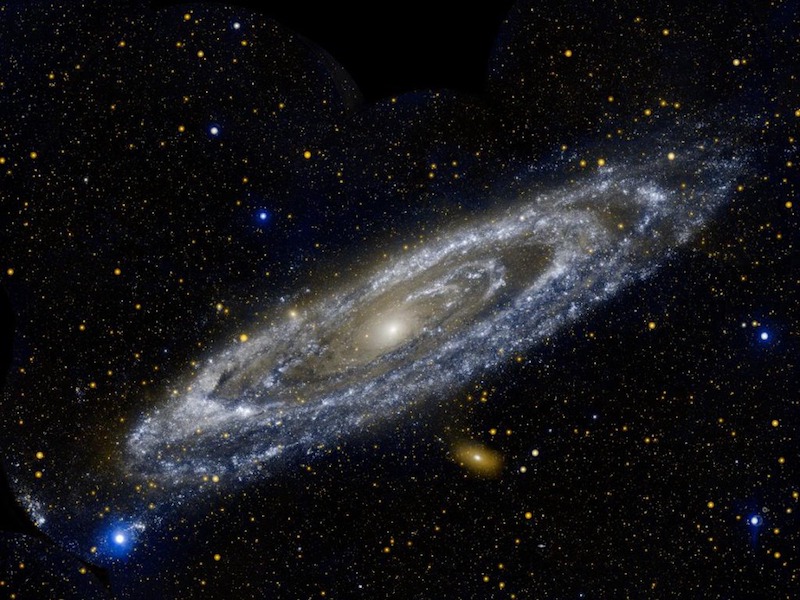Light Years, All you need to know
What is a Light Year?
When we look up at the night sky, we see stars of varying distances from us. Some of them are relatively close, while others are incredibly far away. But how do we measure the distance to these celestial bodies, and what do we use as a unit of measurement?
The answer lies in the concept of a light year. A light year is a unit of distance used to measure the distance between stars and galaxies. It is the distance that light can travel in one year, or approximately 5.88 trillion miles (9.46 trillion kilometers).
To put it in perspective, imagine a beam of light leaving Earth and traveling through space at a constant speed of about 186,282 miles per second (299,792 kilometers per second) for an entire year. That beam of light would travel a distance of one lightyear.
The concept of a light year is an essential tool for astronomers and astrophysicists to understand the vast distances between celestial objects. With this unit of measurement, they can accurately measure the distance between stars and galaxies, as well as the size of the universe.
Calculating Light Years
To understand how astronomers calculate light years, we need to know a little bit about the speed of light. The speed of light is a constant that measures how fast light can travel through a vacuum. In other words, it is the speed at which electromagnetic waves, including visible light, travel through space.
The speed of light is approximately 299,792 kilometers per second (km/s) or 186,282 miles per second (mi/s). This means that it takes about 8 minutes and 20 seconds for the light from the sun to reach Earth, which is approximately 93 million miles (149.6 million kilometers) away.
To calculate the distance in light years, astronomers use a simple equation:
distance = speed of light x time
So, if we want to calculate the distance to a star that is 10 light-years away, we can use this equation:
distance = 299,792 km/s x (10 years x 365 days/year x 24 hours/day x 60 minutes/hour x 60 seconds/minute)
distance = 299,792 km/s x 3.1536 x 10^7 seconds
distance = 9.461 x 10^12 km
distance = 10 light-years
In this example, we can see that a star that is 10 light years away from us is approximately 9.461 x 10^12 kilometers away.
Applications of Light Years
The concept of a light year has numerous applications in astronomy and astrophysics. For example, it is used to measure the distance between stars and galaxies, as well as the size of the universe.
Astronomers use a technique called parallax to measure the distance to nearby stars. Parallax is the apparent shift in the position of a star as seen from Earth due to the Earth's orbit around the sun. By measuring the angle of this shift, astronomers can calculate the distance to the star in question.
However, parallax can only be used to measure the distance to stars that are relatively close to us. For more distant stars and galaxies, astronomers use other techniques, such as observing the brightness and color of the star or galaxy to determine its distance.
The concept of a light year is also used to understand the size of the universe. The observable universe is estimated to be approximately 93 billion light years in diameter. This means that the most distant objects we can observe are approximately 46.5 billion light years away from us.
In conclusion, the concept of a light year is a fundamental tool in astronomy and astrophysics for measuring the vast distances between celestial objects. By understanding the speed of light and how it travels through space, astronomers can use light years to accurately measure the distance to stars and galaxies, as well as the size of the universe. The concept of a light year has numerous applications in astronomy, from measuring the distance to nearby stars using parallax to understanding the size of the observable universe. It is a fascinating concept that helps us better understand our place in the cosmos.


Comments
Post a Comment
Follow for more! If you have any doubts or suggestions, let us know!